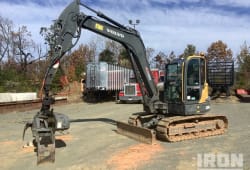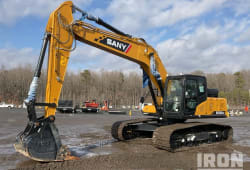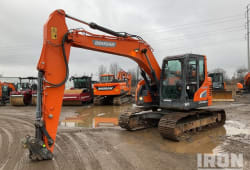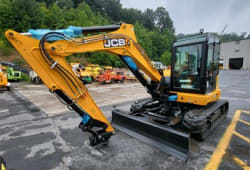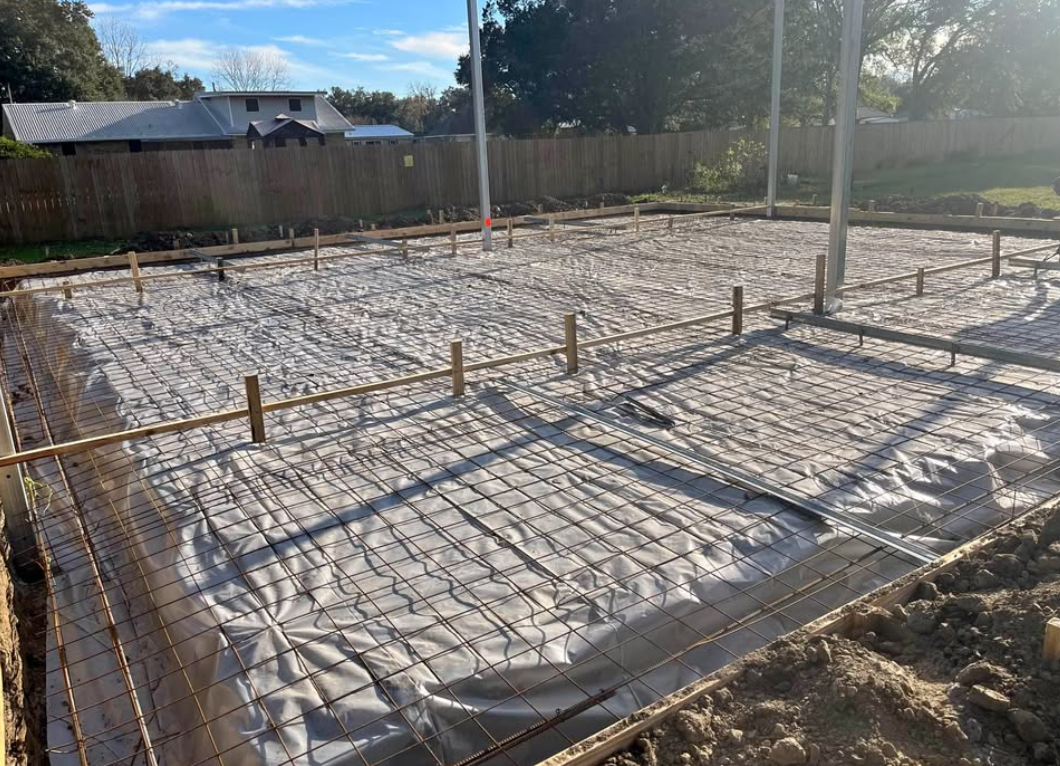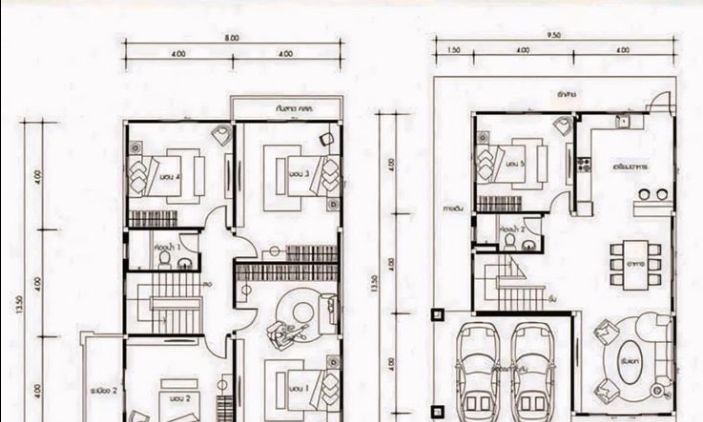Building a Wine Cellar: Step-by-Step Guide
4 Min read
)
July 14, 2025
If you're serious about wine, building a wine cellar is one of the smartest investments you can make. Whether you're aging rare vintages or showcasing your collection, proper wine cellar construction ensures your bottles are stored in ideal conditions. In this guide, we'll cover everything-from underground wine cellar construction to choosing the best wine cellar construction materials and equipment used.
What Is Wine Cellar Construction?
Wine cellar construction refers to the process of building a dedicated, climate-controlled space for wine storage. It includes selecting the location, installing insulation, setting up cooling systems, and designing storage racks.
There are three main types of wine cellar setups:
Underground wine cellars (naturally cool and insulated)
Basement wine cellars (most common in residential homes)
Custom wine cellars (tailored to personal style and storage needs)
Types of Wine Cellar Construction
Underground Wine Cellar Construction
Building an underground wine cellar offers natural advantages, like stable temperature and humidity. It’s ideal for serious collectors with space for excavation. Key points include:
Excavation and waterproofing
Drainage and structural integrity
Natural insulation from surrounding earth
Basement Wine Cellar Construction
Basement wine cellar construction is a popular option because many homes already have available space below ground. Considerations include:
Adding vapor barriers and insulation to existing walls
Sealing out moisture
Installing climate control systems
Custom Wine Cellar Construction
Want something unique? A custom wine cellar lets you personalize everything-from layout to aesthetics. Perfect for homeowners who want their cellar to be a showpiece. It may include:
Decorative racking and LED lighting
Tasting areas and glass walls
Artwork or reclaimed wood designs
Wine Cellar Construction Materials and Equipment Used
:format(webp))
When building your wine cellar, using the right materials and equipment is critical. Here’s what you’ll need:
1. Construction Materials
Framing: Pressure-treated wood or steel
Insulation: Closed-cell spray foam or rigid foam boards
Vapor barrier: 6mm polyethylene sheeting behind walls
Drywall: Moisture-resistant or cement board
2. Climate Control Systems
Cooling units: Ductless split or self-contained systems
Thermostats: To monitor and maintain temperature
Humidifiers: To keep humidity levels between 50-70%
3. Storage and Finishing
Wine racks: Wooden, metal, or acrylic
Flooring: Tile, stone, or sealed hardwood (never carpet)
Doors: Solid or insulated glass, airtight seal required
Step-by-Step Guide to Wine Cellar Construction
Design Your Layout - Determine bottle capacity, aisle spacing, and tasting areas.
Choose the Location - Preferably in a cool, dark, vibration-free space.
Insulate & Seal - Apply insulation and vapor barriers to control temperature and moisture.
Install Cooling Equipment - Choose a system that fits the size and type of your cellar.
Add Racks and Finishes - Install storage racks and decorate to your style.
Key Considerations for Long-Term Storage
Temperature should stay between 55-58F.
Humidity should remain between 60-70%.
Avoid Vibration and Light Exposure, which can degrade wine quality.
Common Mistakes to Avoid
Skipping Insulation or Vapor Barriers - This leads to mold, moisture damage, and inefficient cooling.
Ignoring Humidity Control - Too low and corks dry out; too high and you get mold.
Using Inappropriate Materials - Untreated wood, carpet, or drywall can all pose issues.
Wine Cellar Construction Cost in 2025
Costs vary depending on size and type:
Basic basement cellar: $5,000-$15,000
Custom wine cellar: $15,000-$50,000+
Underground wine cellar: $30,000 and up (due to excavation)
Tips to save:
Use modular racks instead of custom millwork
Choose a self-contained cooling unit
Do some finishing work DIY
FAQs
What is the best location for a wine cellar in a house?
The best locations are cool, dark, and away from vibrations-basements are ideal.
How much does wine cellar construction cost in 2025?
Anywhere from $5,000 to $50,000+, depending on size, materials, and cooling systems used.
Can I build a wine cellar without climate control?
You can, but it’s risky. Without cooling and humidity regulation, wine can spoil over time.
Final Thoughts
A well-constructed wine cellar not only protects your investment but adds value and elegance to your home. Whether you’re building an underground wine cellar, converting your basement, or going full custom, planning and choosing the right wine cellar construction materials and equipment are key.
Ready to start your project? Get inspired and begin building your ideal wine cellar today.

Caleb Woods is an experienced content specialist and an editor at Boom & Bucket, blending his journalism background with expertise in the heavy equipment industry. He delivers engaging, informative content to help professionals stay informed and make smarter decisions in the machinery market.
